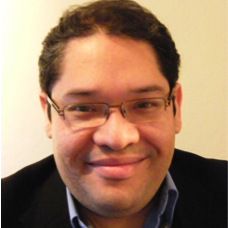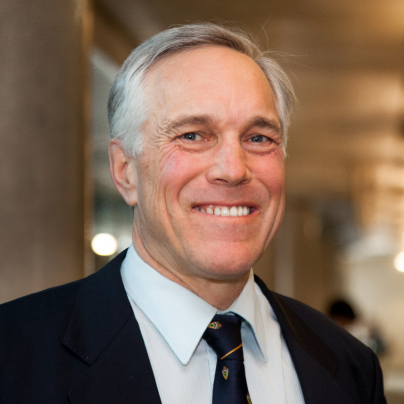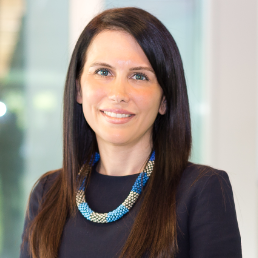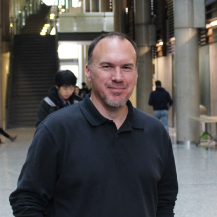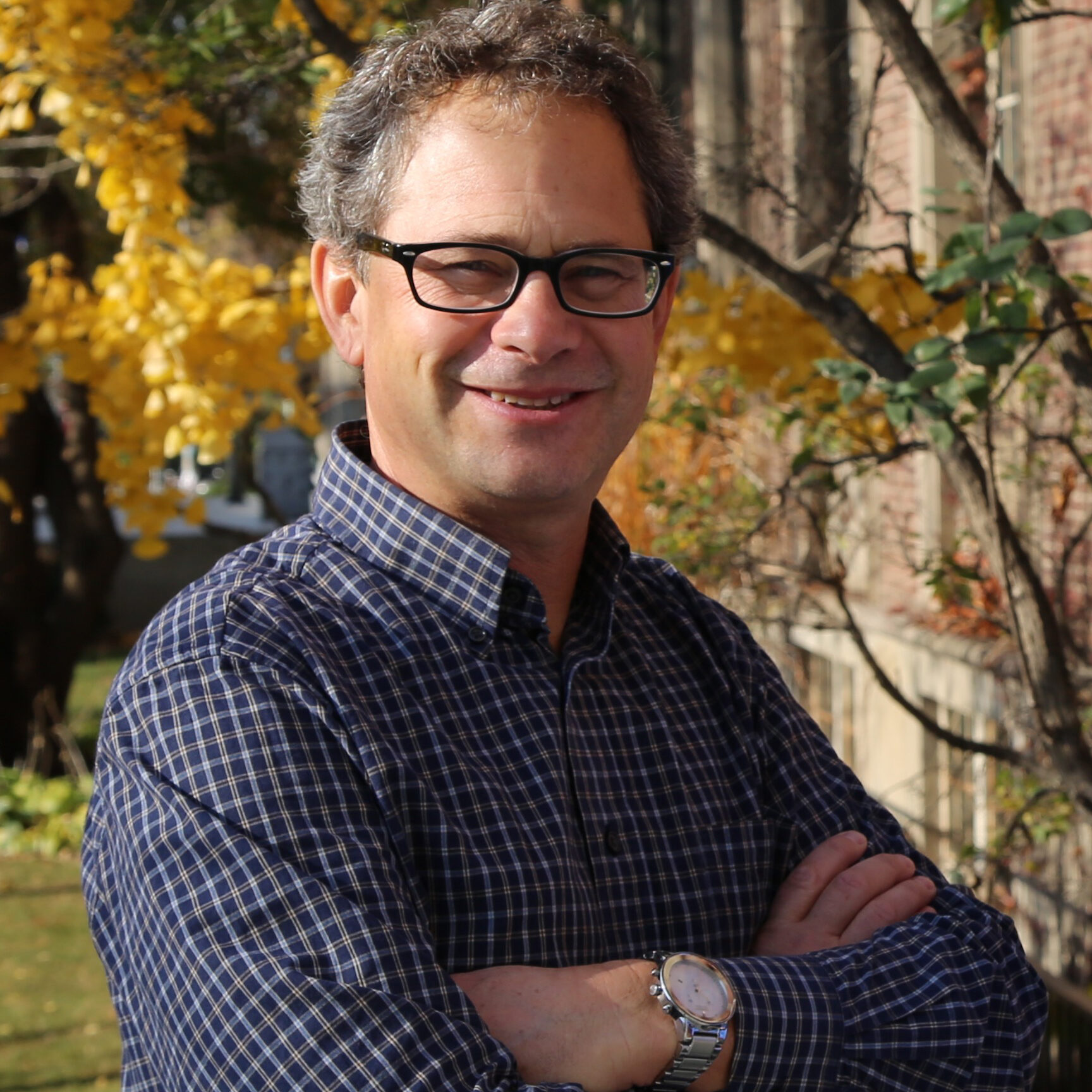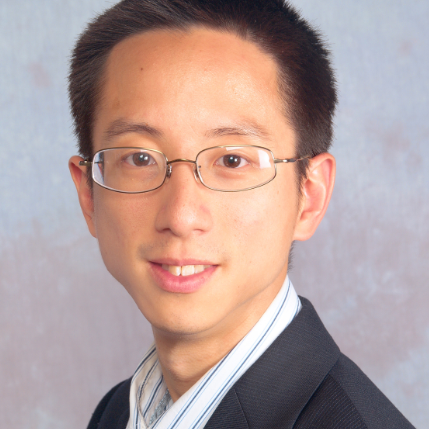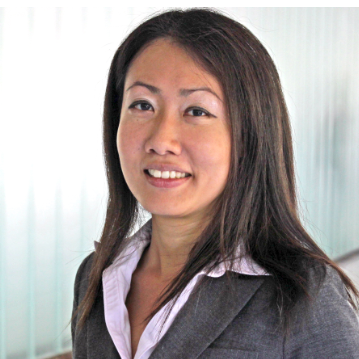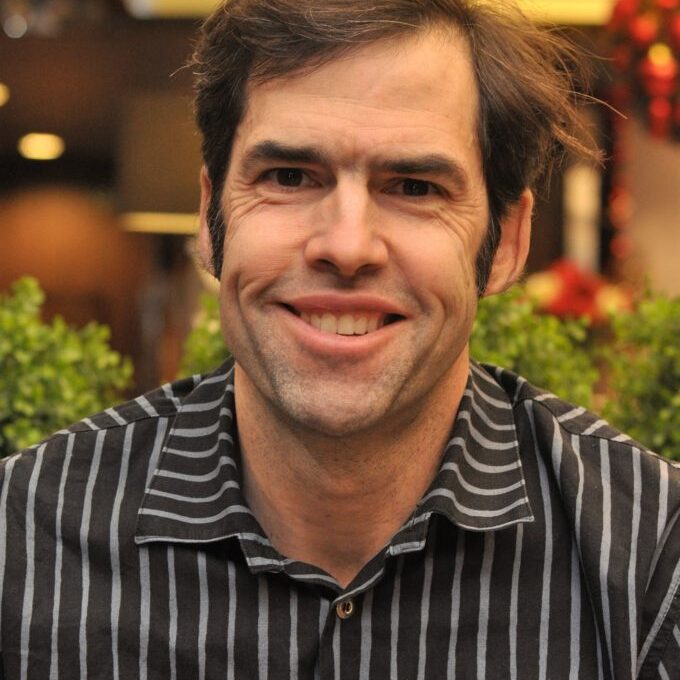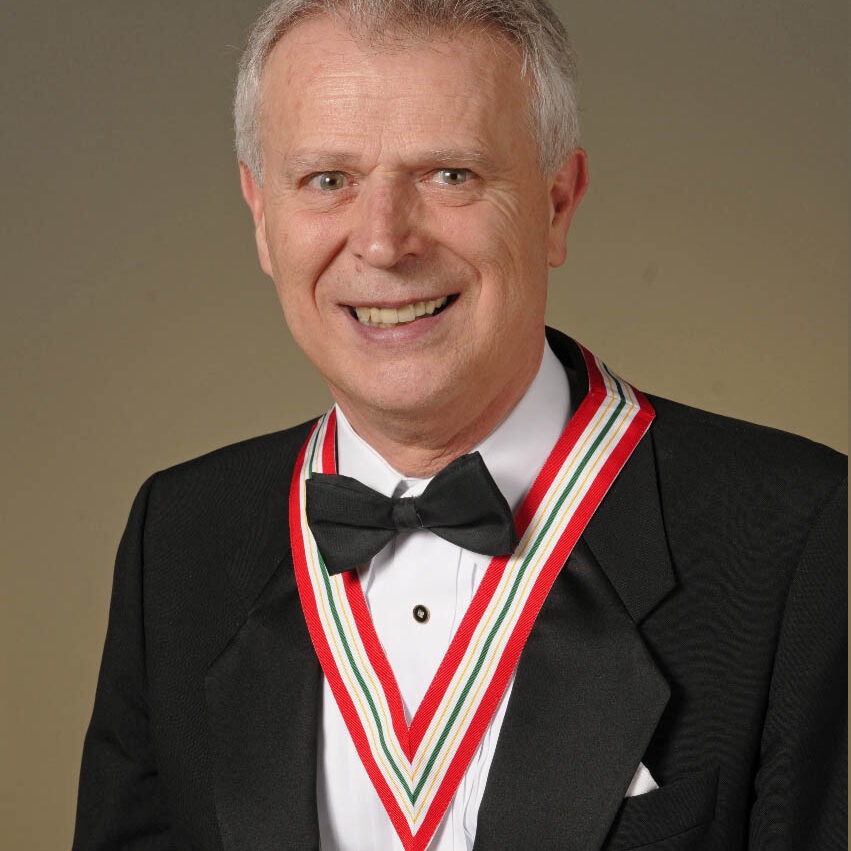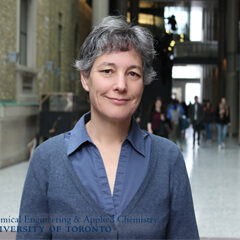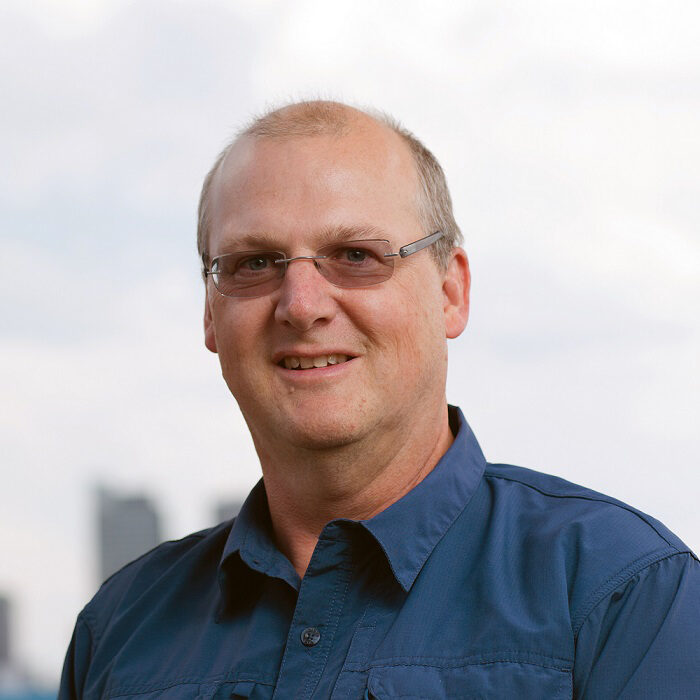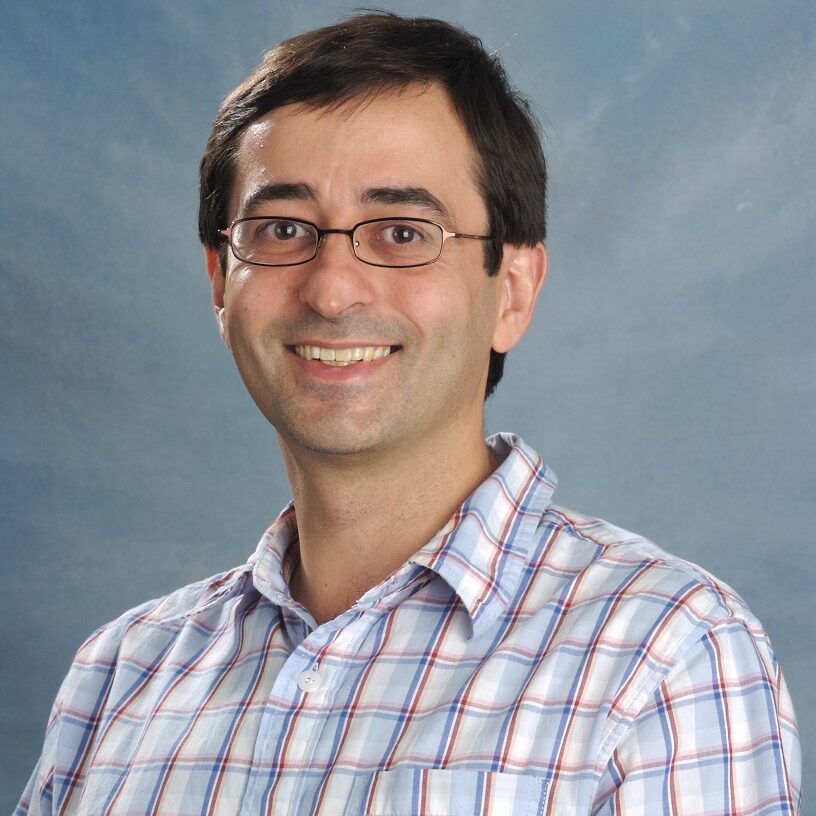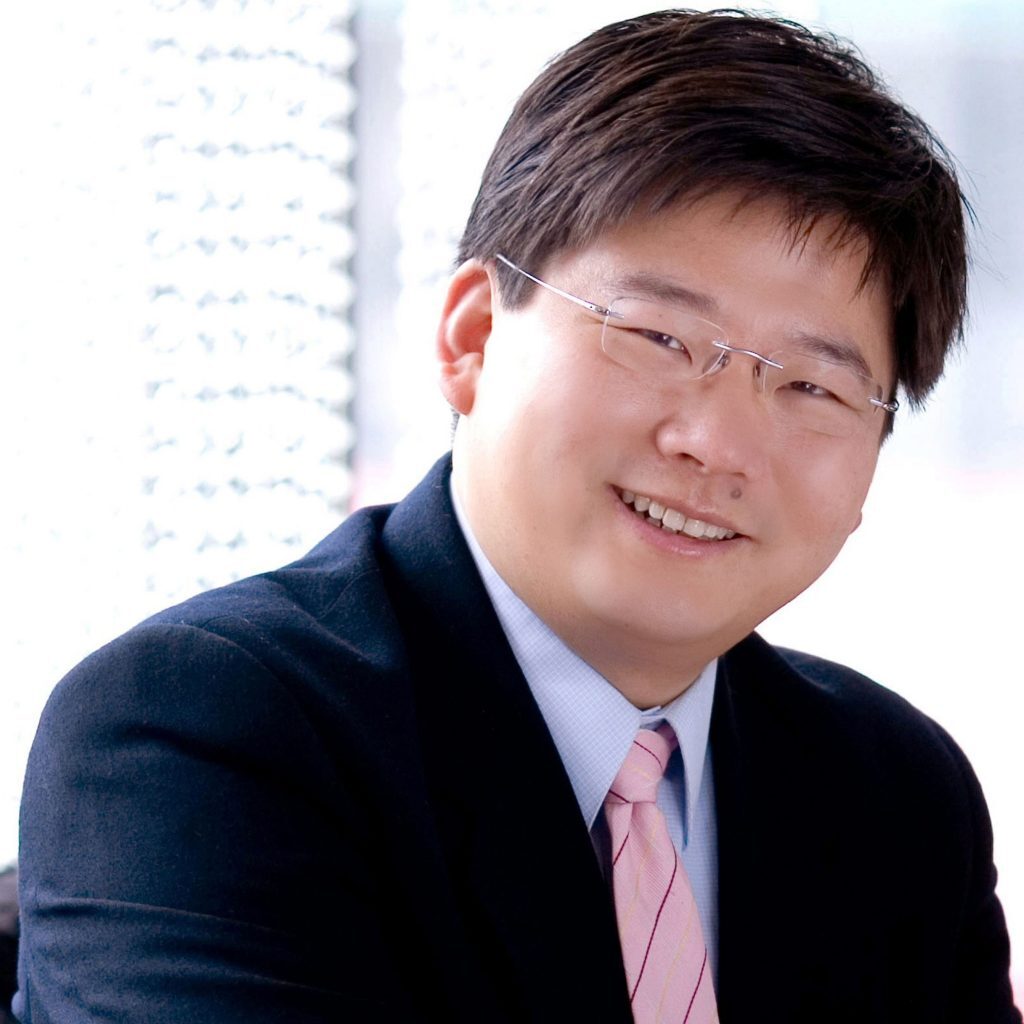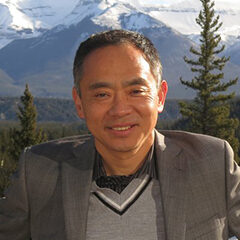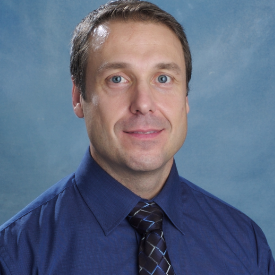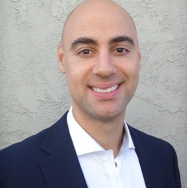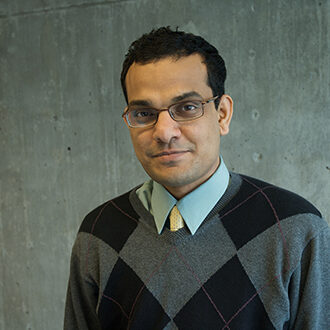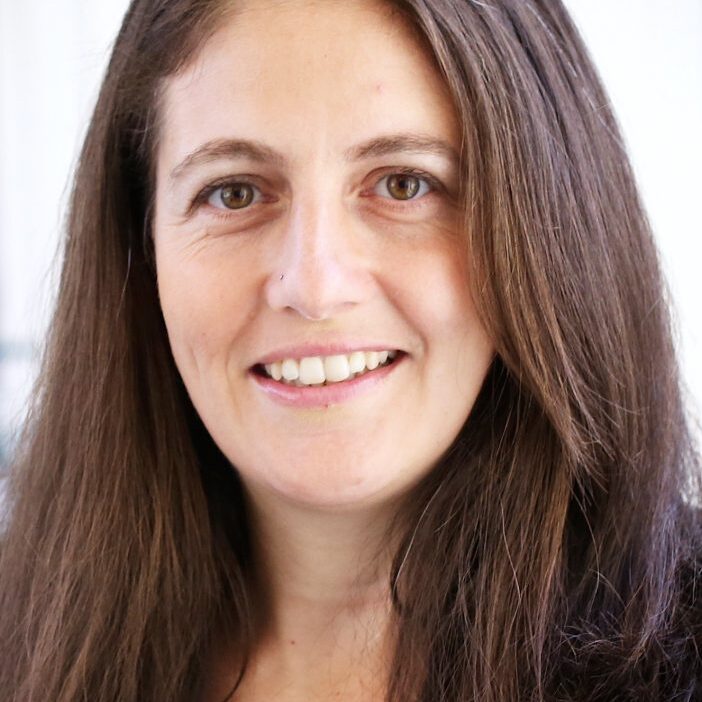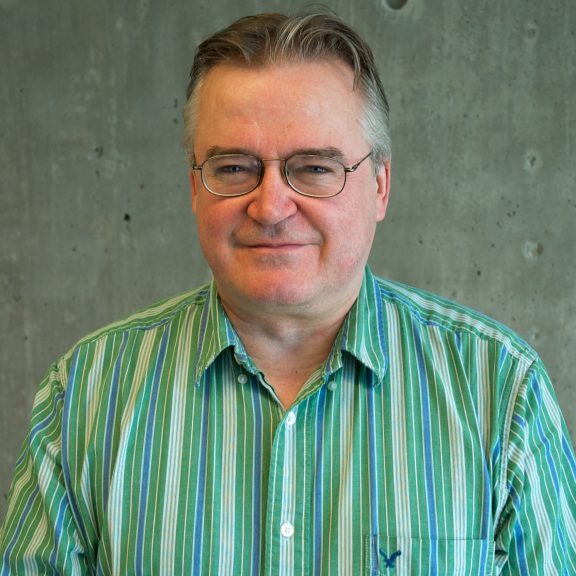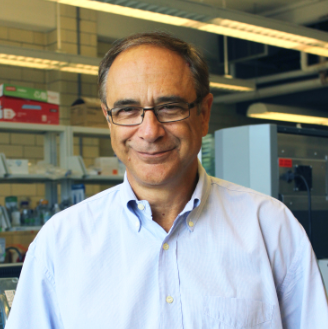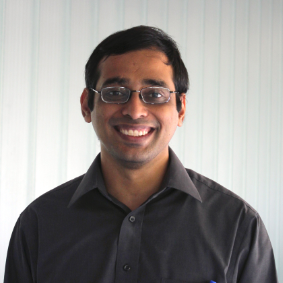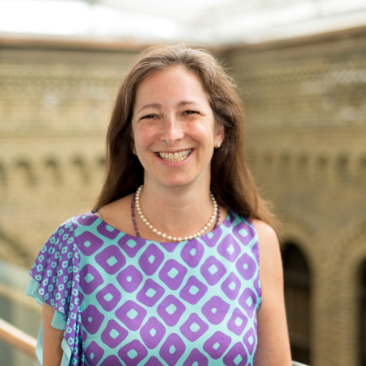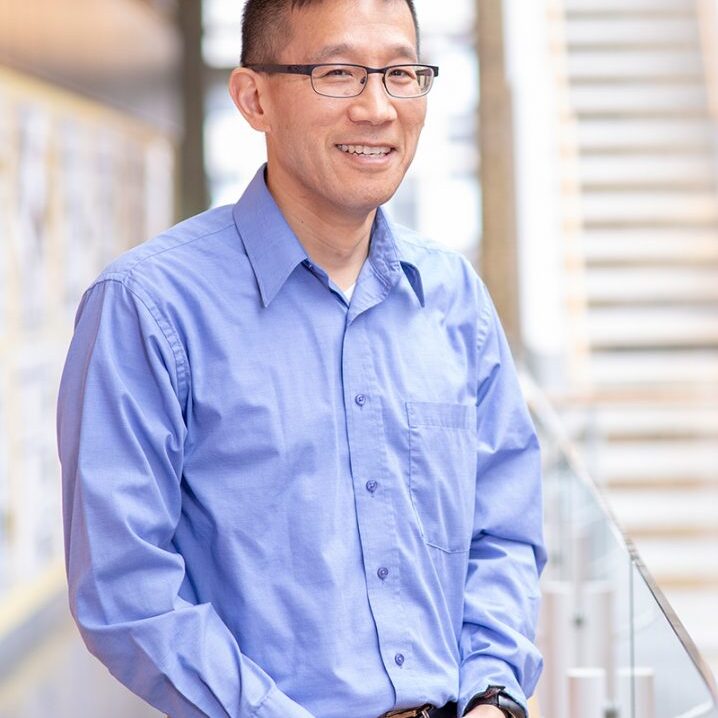Schedule
Thursday, February 24, 2022
| Time | Session | Platform | Notes |
|---|---|---|---|
| 1:00 p.m. 1:20 p.m. to 2:00 p.m. 2:05 p.m. to 2:45 p.m. | Faculty Welcome Session How to Choose a Supervisor / GECoS (Graduate Engineering Council of Students Welcome) Graduate Research Alumni Talk | Zoom | Zoom Passcode: 022022 |
| 3:00 p.m. to 3:15 p.m. 3:15 p.m. to 4:00 p.m. | ChemE Welcome Session with Professor Molly Shoichet, Associate Chair, Graduate Studies ChemEng at UofT: Finding Your Fit with Professor Alison McGuigan and Professor Lydia Wilkinson In this interactive session you will explore what it is that you hope to get out of grad school and identify the opportunities and supports in our department and faculty that will help you get there. You’ll get a chance to work with your future classmates in breakout rooms, to share insights about what constitutes a successful graduate school experience while working with online brainstorming tools that will help you connect in this virtual teaching and learning environment. | Zoom | |
| 4:00 p.m. to 5:30 p.m. | ChemE Poster Session | tinyurl.com/grd-gather |
Friday, February 25, 2022
| Time | Session | Platform | Notes |
|---|---|---|---|
| 10:00 a.m. to 11:00 a.m. | Chemical Engineering Graduate Student Association (CEGSA) Panel Discussion | tinyurl.com/grd-gather | Learn more about CEGSA |
| 11:00 a.m. to 2:00 p.m. | CEGSA Drop-In Event (concurrent with interviews) | tinyurl.com/grd-gather | |
| 11:00 a.m. to 2:00 p.m. | One-on-one Interviews with Professors | Zoom | Zoom links for interview sessions (PDF) Recommended reading: "Supervision Guidelines for Students" |
| 2:00 p.m. to 3:15 p.m. | Virtual Campus Tour & Student Panel hosted by the Graduate Engineering Council of Students (GECoS) GECoS will provide a virtual campus tour + student panel for students. Traditionally in the past, GECoS would help provide a campus tour on Saturday. It will also give prospective students an opportunity to ask more questions and interact with current grad students as they may have questions after their GRD activities on the day prior. This will be organized by FASE and GECoS. We will ask grad admins to help us recruit some student volunteers. | Zoom | Zoom Passcode: 022022 |
ChemE Poster Session
Gather.Town Instructions
Accessing and joining Gather.Town
- Use this link to join through your browser (Google Chrome works best):
tinyurl.com/grd-gather - Please enter your name as it would appear on a nametag (i.e. name, current degree, current university) so others can identify you
- To join, ensure you enable your microphone and camera. Click on “Join the Gathering”
- Upon entry, there will be a short tutorial that you may skip or go through before entering the main lobby
- In the main lobby, on the left side of the screen, a list of participants will appear. You can search the participants you’d like to interact with
- Local chat is another way to interact in Gather.Town. Click on the name of the participant to chat directly. The local chat provides two options: individual and group chat
- To walk around the space, you may use the arrows on your keyboard or double click with your mouse to the spot you would like your avatar to move to.
- You will be automatically connected by video and audio when you are in certain proximity to someone else. You can adjust the distance (by clicking on circle) at which you’d like to be connected
Poster session:
- Posters are organized in alphabetical order in a zig-zag formation.
- When you reach the poster, click “X” on your keyboard to enlarge the poster.
- Turn your mic and/or video on to interact with poster reps.
- There will be an announcement every 15 minutes to switch to another poster.
Notes:
- If you have any tech issues during the session, first try respawning your avatar. You can do this by finding the "settings" icon in the left sidebar, navigating to "user" and clicking "respawn" at the bottom of the user settings page.
- For more detailed instructions with images to guide you along, please see our Gathertown Instructions document
Layout
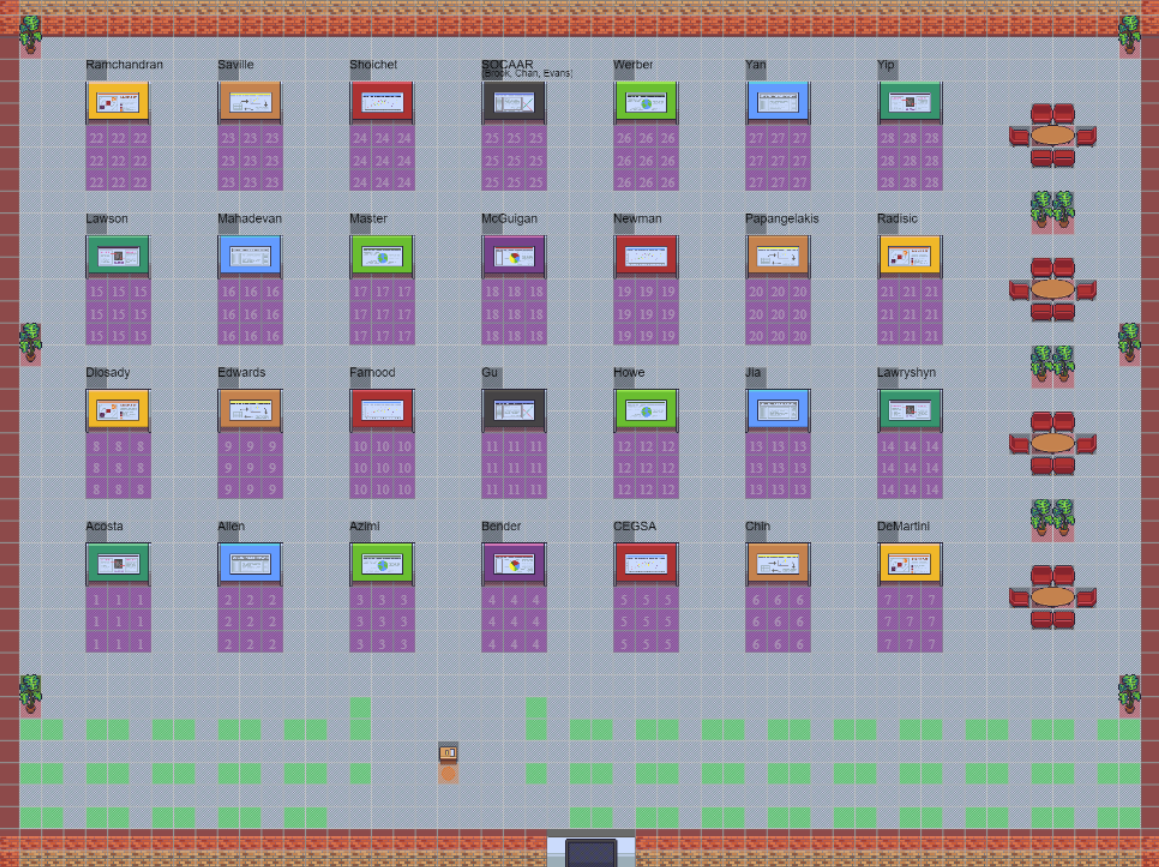
Each poster board will have a private room (purple squares). All posters are ordered in alphabetical order.
The green tiles seen are spawn tiles, where you avatar will land when entering the room. Use your keyboard arrows to move around the space to visit each poster. Each poster presentation will be about 10 minutes long and you will receive an announcement to switch to another poster every 15 minutes.
Tables are alongside the top and right side of the room if you need to take a break or if you want to chat with anyone not at a poster board!
About ChemE Labs
Laboratory of Colloids and Formulation Engineering
Our goal is to introduce chemical engineering principles (thermodynamics, transport phenomena and reaction engineering) in the formulation of products, and the design of processes, that involve surfactants and colloids. We work in a wide range of applications, from environmental topics (nanoparticle-based redox degradation of contaminants, biocompatible oil spill dispersants, waste biomass to product conversion, photocatalytic decontamination of water), to energy-related topics (in-situ steam-free extraction and processing of oil sands, wet extraction of algae for fuels and chemicals, photochemical metamaterial colloids for solar to fuels and chemicals), to food and pharmaceutical applications (oral, transdermal and ophthalmic drug delivery with microemulsion-based systems, extraction of nutraceuticals, flavors and fragrances with microemulsion-based systems), to medical applications (lung surfactants and their influence in lung mechanics and disease). Much of our work is based on the HLD-NAC equation of state for surfactant-oil-water (SOW) systems.
Bioprocess Engineering Group
Bioprocess engineering and its environmental applications. Biological Waste Treatment: performance and design of biological treatment systems for toxicity reduction in pulp mill effluents, biological treatment of chlorinated organic compounds, biofiltration of air pollutants. Bioconversion of waste water and waste solids into value added fuels, chemicals, materials and biosolids dewatering. Microalgae production from carbon dioxide, sunlight and wastewater for production of biofuels and biochemicals. Biofilm formation and adhesion. Microbiology and floc formation in waste treatment systems and the development of techniques of monitoring microbial communities.
Laboratory for Strategic Materials
In the Laboratory for Strategic Materials, we strive to enable sustainability in terms of energy and global warming as well as materials criticality. The research program covers three themes: 1) Energy storage and electrochemistry with a focus on the development of electrolytic processes for production of ultra-pure metals as well as the development of a new generations of rechargeable batteries that are cost-effective, high-performance, safe, and made of earth abundant materials (aluminum batteries); 2) Extractive metallurgy and Urban mining with a focus on recycling and recovering strategic materials from primary and secondary resources such as ionic clays, Waste Electrical and Electronic Equipment (WEEE) or industrial solid wastes; and 3) Advanced materials with a focus on designing innovative materials to enable the first two themes, e.g., novel 2D heterostructures for the cathode of Al battery or scale-phobic surfaces to mitigate precipitation fouling in extractive metallurgy.
Bender Lab for Organic Electronic Materials and Devices
The Bender laboratory is a diverse multi-disciplinary research environment. We focus on the development of new and novel materials for application within the organic electronic space. Towards this goal we undertake activities spanning from the fundamentals of applied chemistry to device integration and engineering. Recently we have identified a pathway to key materials using bio-sourced chemicals as they chemical sources - this addressing the sustainability of chemicals and materials. We are also taking a machine learning approach to accelerate materials development.
The Southern Ontario Centre for Atmospheric Aerosol Research (SOCAAR)
SOCAAR is an interdisciplinary centre for the study of air quality, with a focus on how pollutants impact human health, the environment and climate. Our research examines air pollution using advanced instrumentation and data mining. Our goal is to make key connections between emissions of pollutants, the quality and composition of urban air, and the resulting impacts. Focus areas include traffic related air pollution, Identifying the sources of pollution, development of inexpensive sensors, and understanding how the sources and composition of particulate matters influences its potential to induce oxidative stress.
(Will be at SOCAAR poster; Available for poster session only)
Organics Environmental Lab
The atmosphere is a dynamic system involving a large number of chemical species and their chemical reactions. Our research goal is to better understand the chemical composition, sources and transformations and impacts on health by studying sources of particulate matter in urban atmospheres, mechanisms of atmospheric reactions, persistence of wildfire-derived pollutants and health impacts of organic aerosol.
(Will be at SOCAAR poster; Available for poster session only)
Heterogeneous Catalysis Lab
Our research group synthesizes catalytic materials with purpose-built structures and compositions and applies combined methods of kinetics, spectroscopy, microkinetic modeling, and isotopic analysis to probe their dynamics and kinetic consequences in chemical reactions under conditions relevant to industrial practice. Current active research programs include: synthesis of renewable chemicals and fuels, exhaust emission control, utilization of natural gas and biogas, upgrading of biomass.
Chemical Recovery Laboratory
We carry out both experimental studies (lab and industrial scale) and modeling (dynamic modeling of process chemistry, CFD modeling, etc) to improving the thermal efficiency and reduce emissions in the chemical recovery cycle of pulp mills and the thermal conversion of biomass. This is done through a better understanding of the chemistry in these processes. The experimental work ranges from laboratory (solubility studies, crystallization, single particle combustion) to measurement campaigns at the facilities of our industrial partners, both in and outside of Canada. The laboratory studies help us understand the fundamentals and the industrial studies help us with the translation of the research to industrial practice. The modeling work includes dynamic modeling of process chemistry as well as the application of machine learning tools and CFD through collaboration with professors in CHE and MIE. We have opportunities both for experimental and modeling work.
Food Engineering Lab
The Food Engineering Lab applies the principles of chemical engineering and chemistry to food processing. The lab has two main focuses. Firstly, we develop technologies for the addition of micronutrients into food for the prevention of micronutrient deficiency diseases. This has and continues to have great global impact seeing as one third of the world’s population is suffering from inadequate intake of micronutrients. Our development of double fortified salt with iron and iodine has been pilot tested in India, where more than 1 million children have been cured of anemia. We continue our work in salt fortification with iodine, iron, as well as folic acid, zinc, vitamin A, and potentially vitamin B12. Also current research includes the fortification of tea with iron. Our second major area of research is processing oilseed. We have developed a process for the production of protein isolates from canola, rapeseed and mustard seeds. We are working to develop processes that will recover food grade protein and high quality biodiesel from a variety of oilseeds and algae. Thus we will contribute to both fuel and food from crops that are now unused or only marginally so. We also use membrane-based processes to recover minor components with nutraceutical value.
Anaerobic Microbial Community Analysis
These are very exciting times in fundamental and applied environmental microbiology owing to recent advances in analytical tools and techniques to interrogate complex biological systems. These tools include affordable large-scale sequencing, quantitative DNA and RNA extraction and amplification tools, and proteomic analyses applicable to complex mixtures and small sample sizes. These techniques are enabling novel approaches to uncover fundamental metabolism, regulation, genetics, and interspecies metabolite transfer in complex microbial systems of global importance, such as nutrient cycling, wastewater treatment and the human microbiome. Specific applications related to my own research include biomethane production, wastewater treatment, and soil and groundwater bioremediation. These processes rely on complex microbial communities that have defied traditional reductionist microbiological approaches. My research group is actively engaged in research to understand functional interactions in complex microbial consortia, and how these interactions enable much greater activity in the whole as compared to the sum of the individual parts. We have also been very active at translating such knowledge to practice, particularly in the bioremediation field.
BioZone
BioZone is the centre for applied bioscience and bioengineering research at the University of Toronto with a track record of developing sustainable technologies that reduce resource-use and help to clean up the environment. We are built upon the principles of collaboration, team work, and research excellence. BioZone is unique in that it is structured to provide extensive shared multidisciplinary laboratory space and research equipment that promotes cooperative research among a team of diverse professors, students, and staff of more than 130 people. In addition to a state-of-the art mass spectrometry facility, BioZone includes extensive shared lab facilities that house an impressive array of sophisticated instruments, and collaborative student workspaces that accommodate visiting and local students.
The Southern Ontario Centre for Atmospheric Aerosol Research (SOCAAR)
SOCAAR is an interdisciplinary centre for the study of air quality, with a focus on how pollutants impact human health, the environment and climate. Our research examines air pollution using advanced instrumentation and data mining. Our goal is to make key connections between emissions of pollutants, the quality and composition of urban air, and the resulting impacts. Focus areas include traffic related air pollution, Identifying the sources of pollution, development of inexpensive sensors, and understanding how the sources and composition of particulate matters influences its potential to induce oxidative stress.
(Will be at SOCAAR poster)
Farnood Lab
Our lab is focused on extracting value from waste using green processes. This includes wastewater recovery via membrane separation, ultraviolet disinfection, and advanced oxidation; production of sustainable chemicals and fuels from waste using solar photocatalysis; and valorization of waste biomass by conversion to advanced functional materials and green products.
Frank Gu Lab
Focused on improving quality of life, Frank Gu Lab designs, develops, and optimises nanotechnologies with real-world applications. With expertise in targeted delivery, ocular technologies, diagnostics, and water treatment, we’re innovating at the forefront of medicine and environmental protection.
In Situ and Correlative Microscopy Group
Research focus: In situ electron microscopy – characterization and property measurements of novel materials and nano-devices, and their real-time evolution during processing and operation and synthesis, property-structure relationship of new energy materials.
Co-Director, Open Center for the Characterization of Advanced Materials (OCCAM)
Green Technology Laboratory
The research in the Green Technology Lab concerns developing new technologies for tackling climate change, improving water and air quality. The current focus is on nanoporous carbons derived from biomass - biochar. The goal is to transform biomass into low-cost, high-performance, functional materials that can store renewable energy and purify contaminated water and air. In particular, we explore and elucidate the structure-property-performance relationships of biochar, which enables us to create new biochar-based materials that surpass the performance of advanced carbon materials such as 3-D graphene.
Centre for Management of Technology & Entrepreneurship
Microbiome Engineering Lab
The Microbiome Engineering Lab works at the interface of engineering and biology to develop microbial communities that transform wastes into valuable resources (e.g., energy, chemicals). This is accomplished using the most advanced and innovative approaches from systems & synthetic biology, microbial ecology, and bioengineering. Our research uses both experimental and computational tools to better understand microbial community metabolism and how it can be manipulated to create valuable bioproducts through resource recovery.
Laboratory for Metabolic Systems Engineering
The Lab for Metabolic Systems Engineering (LMSE) primarily works on understanding and engineering metabolism for different applications including sustainability, climate change and medicine. These applications include engineering of microbes to produce fuels, chemicals and therapeutic molecules and engineering gut microbiome. We also work on developing computational and experimental tools using systems biology (metabolic modeling), metabolic engineering, machine learning and synthetic biology respectively to engineer enzymes, metabolic pathways and cells to achieve this goal.
Bioproducts Research Lab
Our goal is to discover, design and produce enzymes and non-catalytic proteins that tailor the chemical and structural properties of natural biopolymers, including cellulose, hemicelluloses and lignin. In this way, our aim is to make smarter use of nature’s most abundant materials while creating renewable alternatives to petroleum-based compounds.
McGuigan Lab
The vision of the McGuigan Lab is to design predictive heterogeneous tissue mimetic systems for understanding mechanisms of tissue assembly and disease and to apply these systems to improve human health. Key research areas: tumor microenvironment engineering, tissue patterning technologies, collective cell migration.
Corrosion & Advanced Materials Laboratory
We carry out research on a range of topics in metallic corrosion, many of them relevant to the Canadian nuclear power industry. Most of the materials studied are of the “stainless” type, either Ni or Fe based, with Cr. The approach is quite fundamental, and advanced techniques such as analytical TEM are used alongside electrochemical and surface-science methods, and mathematical modelling. A second area of research, active since 2004, involves the synthesis, characterization and application of nanoporous metals, which have lately become a fashionable field of research worldwide. Here the aim is to use quite simple experimentation to explore possible applications, along with high-quality characterization.
Sustainable processing of mineral resources and aqueous streams Lab
Our lab is involved in the development of novel technologies that address sustainability needs in the extraction and processing of mineral resources for the recovery of critical metals such as nickel, gold, and rare earth elements. We use aqueous process chemistry fundamentals and engineering principles to develop hydrometallurgical and bio-hydrometallurgical solutions to process complex mineral resources and remediate wastes while we recover value and energy. A key focus of our research is in the development of osmotic and freezing technology to reduce the impacts of water usage by the industry.
The Radisic Lab
The Radisic lab is a dynamic and friendly group of graduate students, post-docs and research associates who are working together to create transformative technologies at the interface of engineering, stem cell biology and chemistry. Our work laid foundations to the field of organ-on-a-chip engineering through technologies such as Biowire, AngioChip and inVADE platform. Microfabrication technologies are at the core of what we do. We are developing systems that mimic physiology of heart and kidney for the purpose of modeling human disease and discovering better and more effective drugs. We synthesize new biodegradable and biocompatible polymers based on small molecules found in the human body, to tailor specific functions, such as immunomodulation and we are advancing scaffold technologies in both cardiac tissue engineering and organs-on-a-chip using these new materials. We are advancing our peptide based biomimetic and immunomodulatory materials for regeneration of tissues such as skins in human clinical trials.
Laboratory of Complex Fluids
The goal of our laboratory is to conduct research motivated by industrial, biological and practical problems related to a special class of fluids called complex fluids. The complex fluid that forms the focus of our lab is the particulate suspension - a mixture of particles with an immiscible fluid. Of specific interest to us are suspensions of soft particles, such as drops, microgels, vesicles and capsules, which are ubiquitous in our day-to-day life and in the industry. Currently, we have projects motivated by problems in such diverse areas as blood flow, kinetics and mass transfer aspects of dissolution of carbon dioxide in solvents, oil spill control, emulsification mechanisms in oil sands, fabric softeners, soil nutrient diagnostic kits, embolic ischemia, pulmonary embolism, and multiple sclerosis.
(Available for poster session only)
Bioprocess Engineering Group
Bioprocess technology, biomass pretreatment and hydrolysis, bioseparations, biofuels (ethanol, biodiesel, renewable diesel, renewable jet fuel), bioenergy, bioproducts, life cycle assessment, technoeconomic assessment, applications of enzymes, enzyme inactivation, inhibition and regulation of enzyme activity, therapeutic application of drugs and bioproducts (e.g., prebiotics).
The Shoichet Lab
The Shoichet Lab is a dynamic group of graduate students, post-doctoral fellows and technicians, working together to solve big problems in medicine. We use engineering and chemistry to answer questions in biology and medicine. We design new materials to both deliver biomolecules and cells directly to the brain, eye and spinal cord to promote tissue and functional repair. We manipulate nanoformulations of colloidal drug aggregates to achieve targeted delivery. We invent new materials to enable 3D culture of cells for ultimate use in drug screening and personalized medicine in cancer. Our research is highly multidisciplinary and collaborative.
Team Tran
Next-generation electronics will autonomously respond to local stimuli and be harmonious with the human body, opening doors for remarkable opportunities in environmental monitoring, advanced consumer products, and health diagnostics for personalized therapy. For example, fully biodegradable electronics promise to accelerate the integration of electronics with health by obviating the need for costly device recovery surgeries that also significantly increase infection risk. The underpinnings of such next-generation electronics is the development of new electronic materials with a wide suite of functional properties beyond our current toolkit. Team Tran leverages the rich palette of polymer chemistry to design new materials encoded with information for self-assembly, degradability, and electronic transport. The creation of these multifunctional materials and an understanding of how they are utilized to construct next-generation electronics will serve as a transformative platform to address previously inaccessible challenges impacting health and sustainability, and in turn create new technologies and markets.
(Available for interviews only)
Advanced Membranes Lab
The Advanced Membranes (AM) Lab focuses on designing membrane materials and processes with the aim of attaining breakthrough performance in molecular separations. We are especially motivated by regional, national, and global challenges involving the management of process water, drinking water, natural resources such as metals, and carbon capture. Our work covers all aspects of separation science, including the synthesis and characterization of high-performance membranes, fundamental transport studies through model membrane materials, and lab-scale demonstrations and optimization of separations processes. This integrated approach combines elements of transport phenomena, surface science, polymer synthesis, polymer physics, and nanotechnology.
Yan Lab
Dr. Yan’s Lab is focused on developing sustainable bioproducts using renewable biomass materials that ranging from synthesis of green biochemicals to engineering advanced functional materials. Currently, her group are conducting leading-edge research in producing innovative environmentally-friendly bio-based resins, adhesives, foams and composites using biomolecules (ex. lignin, cellulose, starch, Chitosan, etc) as the key building block and designing sustainable nanocellulosic-based smart sensors, energy storage devices, and wearable electronics.
Yip Lab – Lab for Single Molecule Biophysics
Cells are adaptive, dynamic machines that integrate signals from their environment to perform complex functions and assemble into diverse architectures such as tissues, organs, and biofilms. Understanding the structure and dynamics of these multi-cellular structures has clear implications to fields from developmental biology and microbiology to biomaterials and bioprocessing. Signal transduction is marked not only by complex protein-protein interactions, (receptor self-association, ligand binding) but also structural and compositional reorganization of the membrane itself. Extracting the complex structural, compositional, orientational, and chemical interactions that control how (bio)molecules behave and interact at interfaces, both membrane and otherwise, therefore has fundamental importance to structural and cell biology, biochemistry, and biophysics.
Despite recent advances in spectroscopy and electron microscopy, it remains difficult to obtain real-time high-resolution insights into the interactions of biomolecules in their native environments. Perhaps even more challenging is probing and mapping events that occur between cells, ideally with single-molecule resolution. We focus on the design and optimization of combinatorial microscopies for the direct interrogation of molecular and cellular self-assembly. Our research efforts have focused in the fields of single molecule and cellular biophysics with a specific emphasis on the design, development, implementation, and application of novel combinatorial imaging platforms. We are particularly engaged in the development of real-time correlated tools to characterize molecular dynamics and structures. These tools and techniques facilitate hypothesis-driven research and represent enabling platforms. We have focused our efforts on the design of higher spatial and temporal resolution microscopies with a key focus on studying the molecular and cellular mechanisms of development. We have identified several key areas that are critically dependent on high-performance computing and that would benefit from GPU-based strategies. These are (1) selective plane illumination microscopy (SPIM); (2) digital holographic microscopy; (3) smart adaptive microscopy.
Contact Info
Program admission contact
Iliana Sztainbok, Graduate Administrator, ChemE
Chemical Engineering Graduate Student Association (CEGSA)
Ahmed Saleh, President, CEGSA
Event contact
Jennifer Hsu, External Relations Manager, ChemE
